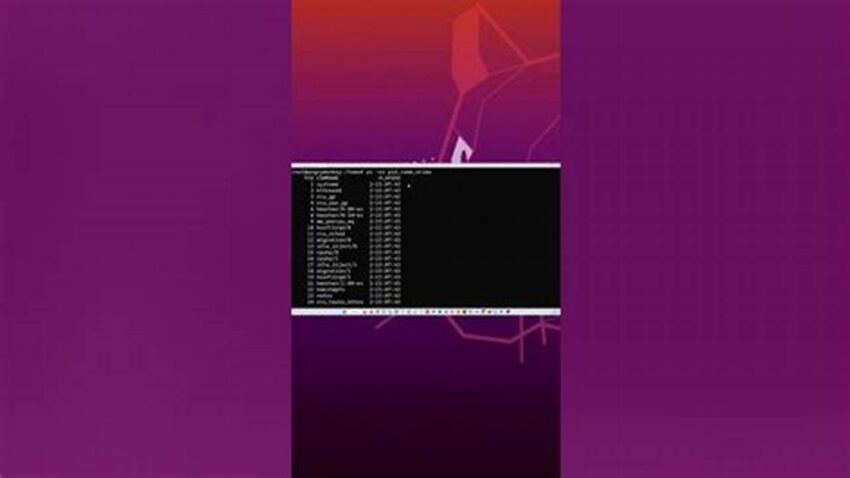System uptime, the duration a Linux system has been running since its last reboot, is a crucial metric for system administrators. It offers valuable insights into system stability, performance, and potential issues. Monitoring uptime allows administrators to identify potential problems, schedule maintenance, and track the effectiveness of system updates or configurations. Understanding how to quickly and easily check system uptime is essential for effective Linux administration.
Importance of Checking System Uptime
Uptime monitoring provides a baseline for system health. Unexpectedly short uptime can indicate hardware or software problems requiring investigation.
Relationship with System Stability
Long uptime can suggest a stable system, free from crashes and requiring fewer reboots. However, extremely long uptimes can sometimes mask underlying issues.
Impact on Performance Troubleshooting
Uptime information helps in correlating performance issues with specific events or changes made after the last reboot.
Role in Maintenance Scheduling
Knowing the uptime assists in planning necessary reboots for applying updates and patches without disrupting ongoing operations.
Tracking System Updates and Configuration Changes
Uptime data helps track the effectiveness of system updates or configuration changes implemented after a reboot.
Security Implications of Uptime
Long uptimes can potentially increase vulnerability to security exploits. Regular reboots help mitigate these risks by applying security patches and clearing volatile memory.
Using Uptime Information for Resource Planning
Uptime data can be used to predict when system resources may need to be scaled or adjusted based on usage patterns.
Best Practices for Uptime Monitoring
Regularly checking uptime, even if automated, helps in proactively identifying and addressing potential system issues.
Interpreting Uptime Statistics
Understanding the various components of uptime output, including load averages, provides a comprehensive picture of system performance.
Tips for Efficient Uptime Checks
Utilize the command-line tool ‘uptime’ for a quick overview of system uptime, load average, and currently logged-in users.
The ‘who’ command provides information about currently logged-in users and their login times, which can be helpful in conjunction with uptime.
Systemd-based systems can use the ‘systemd-analyze’ command to get detailed information about boot times and systemd services.
For scripting and automation, the ‘uptime’ command can be easily integrated to generate reports or trigger alerts based on specific uptime thresholds.
Frequently Asked Questions
How can I check the uptime of my Linux server?
Several command-line tools, such as ‘uptime’, ‘who’, and ‘systemd-analyze’ (for systemd systems), provide this information quickly.
What does the load average in the uptime output mean?
The load average represents the average number of processes waiting to be executed by the CPU over specific time intervals (1, 5, and 15 minutes).
Is a long uptime always a good indicator of system health?
While long uptime can suggest stability, extremely long uptimes might indicate neglected maintenance and potential security vulnerabilities.
How often should I reboot my Linux system?
Reboot frequency depends on factors like system updates, security patches, and specific application requirements. Regular reboots are recommended for applying updates and maintaining system security.
Can I automate uptime monitoring?
Yes, scripting and monitoring tools allow for automated uptime checks and alerts based on predefined thresholds.
What other metrics should I monitor alongside uptime?
Key metrics like CPU usage, memory utilization, disk I/O, and network traffic provide a more complete picture of system performance and health.
Efficiently checking system uptime is a fundamental skill for any Linux administrator. By understanding the tools and techniques available, administrators can proactively maintain system stability, troubleshoot performance issues, and ensure the overall health of their Linux environments.

